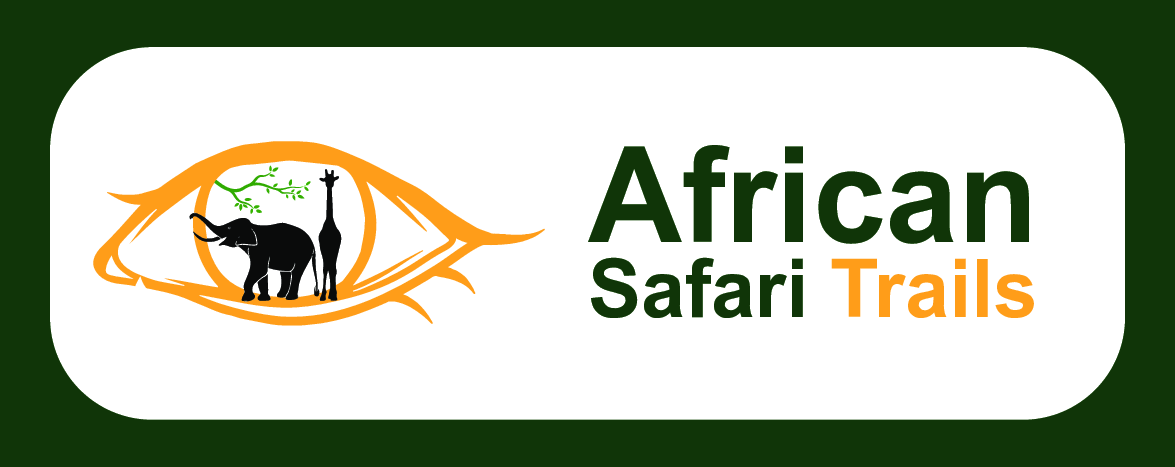While the Serengeti is world-famous for its vast savannahs and the Great Migration, the eastern part of this iconic park holds its own unique treasures that often go unnoticed by many visitors. Serengeti’s East is a hidden gem filled with diverse landscapes, abundant wildlife, and peaceful corners that offer an intimate and authentic safari experience away from the more crowded western and northern circuits.
The eastern Serengeti features rolling plains dotted with acacia trees, open woodlands, and riverine forests that create a variety of habitats supporting a rich tapestry of wildlife. This area is particularly known for its resident populations of big cats, including lions, cheetahs, and leopards. Unlike the mass gatherings during migration, wildlife sightings here tend to be more predictable and less crowded, making it a perfect destination for those seeking quality game viewing in tranquility.
One of the standout spots in the east is the Loisaba River area, where the diverse ecosystem attracts animals year-round. Here, visitors can encounter large prides of lions resting in the shade, elusive leopards stalking prey, and cheetahs sprinting across the plains. Birdlife enthusiasts will also delight in the variety of species inhabiting the riverine forests and wetlands, including kingfishers, hornbills, and the iconic grey crowned crane.
The eastern Serengeti also boasts scenic features such as kopjes—rocky outcrops that provide shelter and vantage points for wildlife and photographers alike. These formations create dramatic backdrops for wildlife encounters and offer excellent opportunities for tracking predators and observing their behaviors.
Another hidden treasure is the Mbalageti River, a lesser-visited water source where animals congregate, especially during the dry season. Here, it’s common to spot elephants, buffalo, and hippos alongside crocodiles basking in the sun. The quieter environment allows for intimate wildlife moments that are often missed on busier routes.
Travelers to Serengeti’s East often find that the remoteness of the area provides a true sense of wilderness. Luxury camps and lodges here tend to be smaller and more exclusive, offering personalized service and the chance to connect deeply with nature. This region also serves as a gateway to neighboring conservancies and community areas that promote conservation and sustainable tourism.
